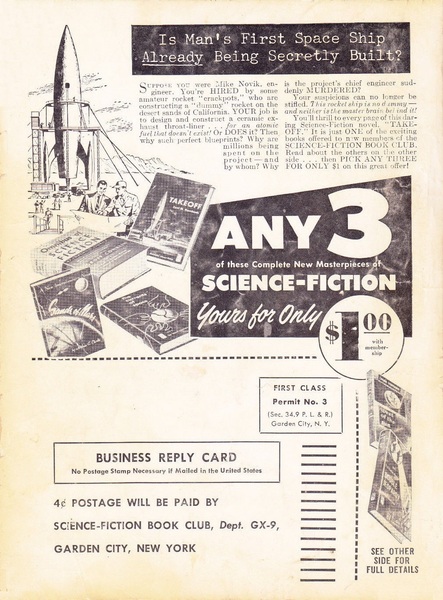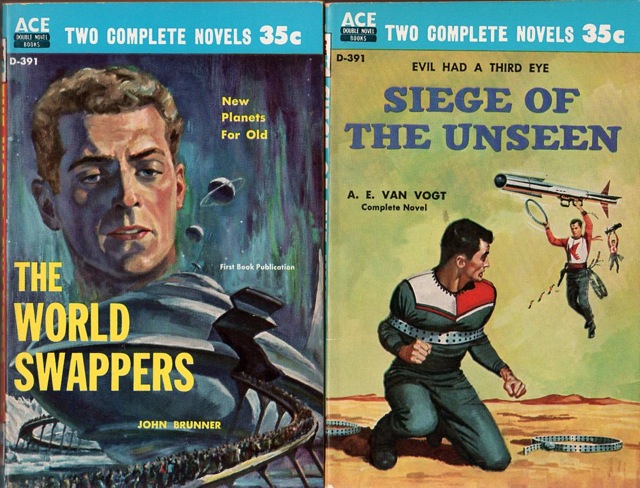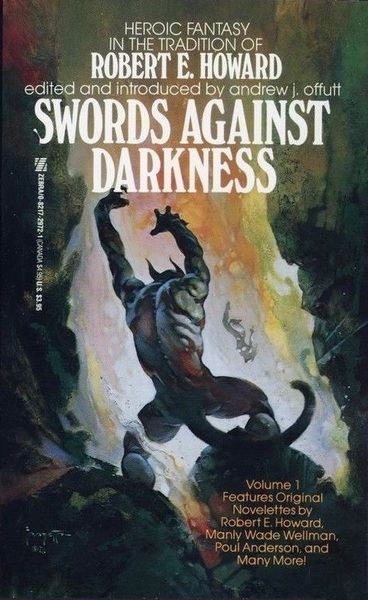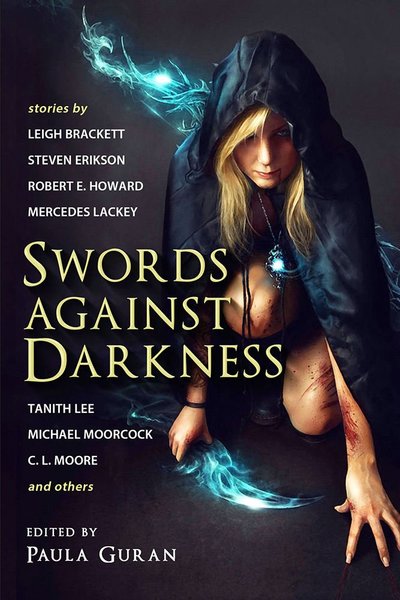A Jaunt Through Clark Ashton Smith’s Collected Fantasies—Vol. 1: The End of the Story
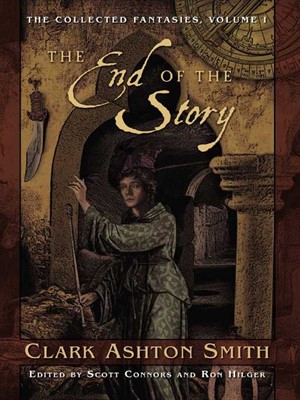 I’ve read the complete works of Clark Ashton Smith. And I’ve been known to write at length about them, or to chat with journalists on the topic. There’s nothing unusual about this, since Smith ranks among my favorite five or so authors of all time.
I’ve read the complete works of Clark Ashton Smith. And I’ve been known to write at length about them, or to chat with journalists on the topic. There’s nothing unusual about this, since Smith ranks among my favorite five or so authors of all time.
But only recently did I decide to undertake reading his fantasy stories in the original order he wrote them. I can thank Night Shade Books’ five volume series, The Collected Fantasies of Clark Ashton Smith, for making this an easier task than it would’ve been only a few years ago. When the series started to appear in 2007, the hardcover volumes went out of print rapidly. Even a hardcore fan like myself couldn’t justify a purchase of one of the high-priced used copies.
However, as of 2016, all five of The Collected Fantasies are now available in inexpensive trade paperbacks that can be purchased through online retailers with a few clicks. The texts for these volumes have been meticulously prepared (no simple feat considering the revisions and alternate versions published in the past) and offered in the chronological order of composition.
I’m taking a stroll through these editions to read the stories as they were imagined and committed to paper. Instead of regaling you with further long essays, I’m going to take on the role of sightseer, bringing back notes and a slideshow presentation about the best — and the rest — of each volume.
By the way, if you are new to Clark Ashton Smith, the Night Shade editions aren’t the best way to start out. They’re aimed at the collector and long-time connoisseur. I recommend the Penguin Classics collection The Dark Eidolon and Other Fantasies as a better Smith introduction. If you like the heady journey, there’s much more to explore in the dark fathoms below…

